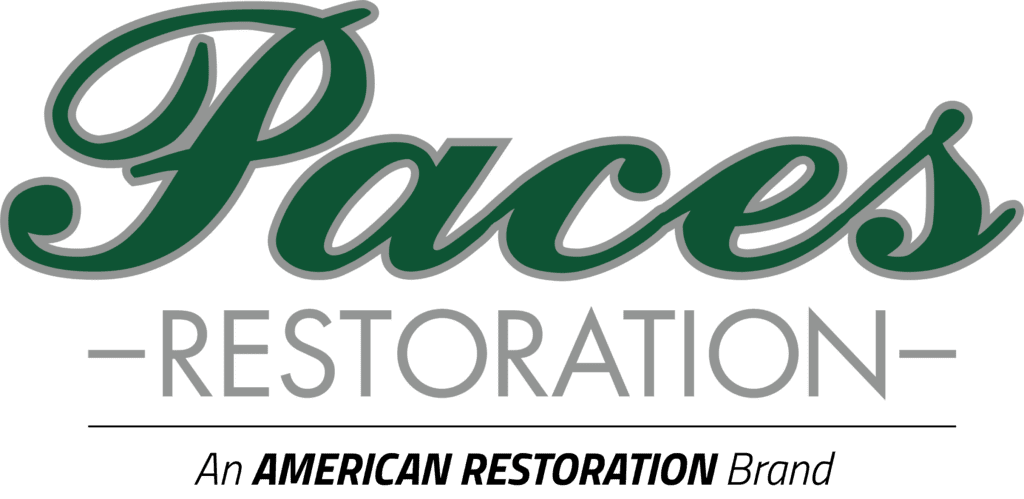Crawl Space Encapsulation
24 hour emergency services
Restoration Starts Here
Encapsulate Your Crawl Space With Ease
Don’t let a neglected crawl space compromise your home’s integrity and air quality. At Paces Restoration, we specialize in comprehensive crawl space encapsulation services in Atlanta, GA, and the surrounding areas. Our experienced team understands the importance of a properly sealed and insulated crawl space for energy efficiency, moisture control, and improved indoor air quality.
What Is Crawl Space Encapsulation?
Crawl space encapsulation refers to the process of sealing and conditioning the crawl space area beneath a building to create a controlled environment. It involves the installation of a vapor barrier, insulation, and other necessary components to create a protective barrier between the crawl space and the external elements. The purpose of crawl space encapsulation is to address moisture issues, prevent the entry of pests and rodents, improve indoor air quality, and enhance energy efficiency.
When to Encapsulate a Crawl Space
It’s important to consult with professionals specializing in crawl space encapsulation to assess the specific conditions of your crawl space and determine if encapsulation is the right solution. Encapsulating a crawl space is typically recommended in the following situations:
- Excessive Moisture – If your crawl space experiences frequent moisture issues, such as standing water, high humidity levels, or condensation on surfaces, encapsulation can help mitigate these problems.
- Pest or Rodent Infestation – If your crawl space is prone to pest or rodent infestations, encapsulation can help prevent their entry. Sealing off access points and creating a barrier with encapsulation materials can deter pests and rodents from entering the crawl space.
- Poor Indoor Air Quality – If you notice a musty smell or poor indoor air quality in your home, the crawl space could be a contributing factor.
- Energy Efficiency Concerns – If you notice high energy bills or difficulty maintaining consistent indoor temperatures, an unsealed crawl space could be a culprit.
- Structural Integrity Issues – If your crawl space has signs of damage, such as sagging floors, rotting beams, or deteriorating insulation, encapsulation can help preserve the structural integrity of the building.
Benefits of Crawlspace Encapsulation
An encapsulated crawl space offers several benefits for homeowners. Here are some key advantages:
- Moisture Control – Encapsulation creates a moisture barrier that prevents excess moisture from entering the crawlspace. This helps to reduce the risk of mold and mildew growth, wood rot, and structural damage caused by moisture.
- Improved Indoor Air Quality – By sealing off the crawlspace, encapsulation prevents damp and musty air circulation into the living areas. This helps improve indoor air quality by reducing allergens, mold spores, and other pollutants that can negatively impact respiratory health.
- Energy Efficiency – Crawlspace encapsulation helps to enhance energy efficiency in the home. Encapsulation prevents the loss of conditioned air and reduces the workload on heating and cooling systems by sealing air leaks and insulating the walls and rim joists. This can lead to lower energy bills and increased comfort.
- Pest and Rodent Prevention – The encapsulation process involves sealing off access points, which helps to keep pests and rodents out of the crawlspace. Encapsulation deters these unwanted intruders by creating a barrier and reducing the risk of infestations.
How Long Does Crawlspace Encapsulation Last?
The lifespan of crawlspace encapsulation can vary depending on various factors, such as the materials’ quality, installation techniques, environmental conditions, and ongoing maintenance. On average, a properly installed and maintained crawlspace encapsulation can last anywhere from 20 to 30 years or even longer.
Whether you’re in an emergency or planning to have your water damage repaired at a future date we’ll get you off on the right foot.

